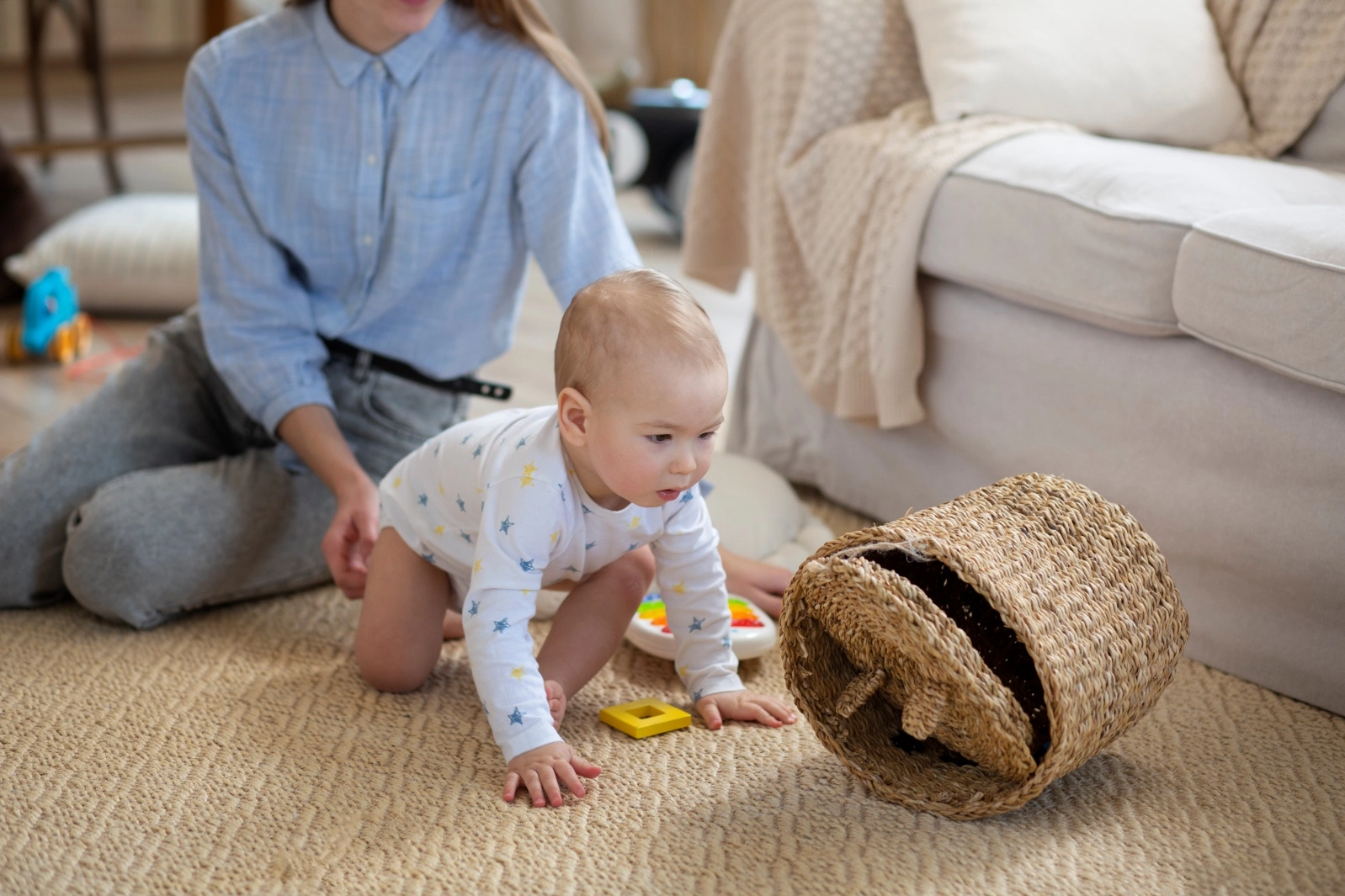First Responsibilities at Home: Teaching a Child Independence

From an early age, children instinctively seek to imitate their parents’ behavior—sometimes playing with their food, other times washing a toy car. This natural curiosity provides an ideal opportunity to gradually introduce them to responsibility.
Initial tasks should be simple and age-appropriate. For example, a 2–3-year-old can be asked to place their toys in a basket. At first glance, this may seem trivial, but it helps the child learn tidiness and develop the habit of independently caring for their belongings.
By the age of 4–5, more specific tasks can be introduced: setting forks on the table, assisting slightly in the kitchen (retrieving items from the fridge, arranging napkins). The focus in these activities is not on perfect execution, but on cultivating constructive habits.
It is crucial for parents to provide the child with the opportunity to complete a task and to offer genuine praise. The child should feel that their contribution is meaningful. If the task is not completed flawlessly, criticism is unnecessary—gently demonstrating how to improve is far more effective.
Turning responsibility into a game is also beneficial. For instance, completing a task might earn the child a small star sticker. This approach enhances motivation and transforms mindful engagement in duties into a positive, stress-free experience.
Remember: early responsibilities teach children orderliness and independence while strengthening their self-esteem. In these moments, a child feels valued and understands that they can make a tangible contribution to the family’s daily life.


